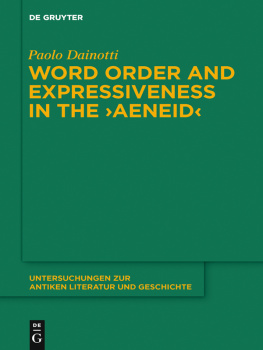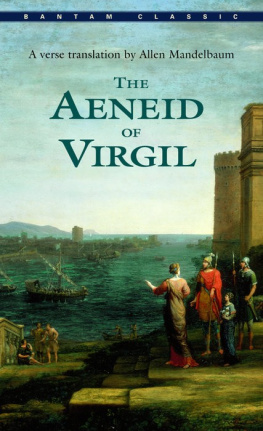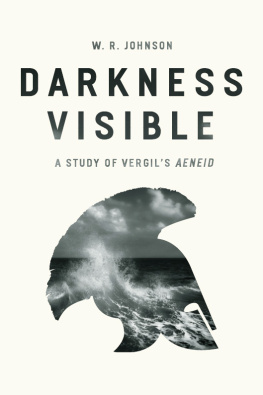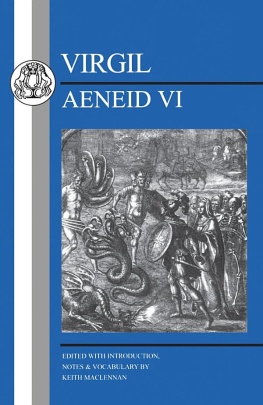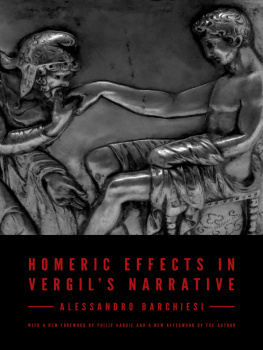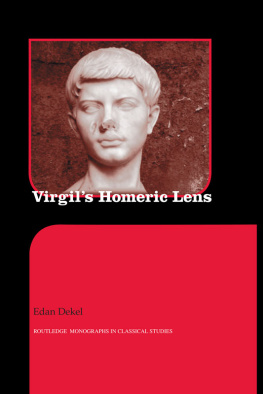Paolo Dainotti
Word Order and Expressiveness in the Aeneid
Untersuchungen zur antiken
Literatur und Geschichte
__
Herausgegeben von
Heinz-Gnther Nesselrath, Peter Scholz
und Otto Zwierlein
Band 121

The publication of this book has been financially supported by the University of Salerno (Dipartimento di Studi Umanistici/DIPSUM, Sezione FILSAM and Fondi di Ateneo per la ricerca di base a. a. 2013 of prof. Stefano Grazzini).
ISBN 978-3-11-038422-2
e-ISBN (PDF) 978-3-11-040102-8
e-ISBN (EPUB) 978-3-11-040112-7
ISSN 1862-1112
Library of Congress Cataloging-in-Publication Data
A CIP catalog record for this book has been applied for at the Library of Congress.
Bibliografische Information der Deutschen Nationalbibliothek
Die Deutsche Nationalbibliothek verzeichnet diese Publikation in der
Deutschen Nationalbibliografie; detaillierte bibliografische Daten sind im Internet ber http://dnb.dnb.de abrufbar.
2015 Walter de Gruyter GmbH, Berlin/Boston
www.degruyter.com
__
To Gian Biagio Conte
This work, the expanded and revised version of my doctoral thesis, would not have been possible without the valuable help of the distinguished scholars who have supported me in these long years of study.
I am deeply indebted and grateful to Gian Biagio Conte, who first conceived the idea of this research. He entrusted to me some years ago this topic which he himself had long intended to investigate fully; he offered me his long-term hospitality at the Scuola Normale di Pisa and his critical finesse, and has contributed, by means of his subtle analysis of Virgils style, not only to the planning and realization of the work, but also and above all to my cultural development. It pleases me to think that this is also his book.
Stephen Harrison supervised me in my research term at Corpus Christi College of Oxford and, in the role of external supervisor of my doctoral thesis, has read my text and made valuable suggestions, in particular on the iconicity of Virgils ordo verborum, an aspect in which he is indisputably a pioneer.
Particular thanks are due to Stefano Grazzini, who has supervised me from the start of my research activities and has helped, in the role of tutor, towards the realization and revision of my work, with the competence and rigour which distinguish him; and to Lucio Ceccarelli, for having read the work with patience and meticulous care, putting at my disposal his incomparable metrical competence.
If the positive aspects of my work are due to the contributions of these scholars, any possible defects obviously remain attributable to me alone.
The translation of the text, carried out with elegance and uncommon rigour by Ailsa Campbell, was financed by the Dipartimento di Studi Umanistici dellUniversit di Salerno. I am also indebted to the editors of the series Untersuchungen zur antiken Literatur und Geschichte for their valuable suggestions.
Finally, I thank my family and my wife Gabriella, who have always supported and encouraged me.
Paolo Dainotti
Table of Contents
Preamble
In the main commentaries on the Aeneid there is no shortage of elegant notes on the relationship between ordo uerborum and expressiveness, but such observations, in the absence of a systematic examination, inevitably run the risk of being impressionistic and rather too open to argument.
A stylistic analysis based on textual evidence and not on mere suggestions needs to clarify at the outset what the standard word order is in the hexameter: starting from this point we can then weigh and measure possible departures from the norm, the non-standard.
For this purpose I have examined above all the ordo uerborum in Latin hexameter poetry, from its beginnings up to Virgil, with the aim of obtaining from statistical data an empirical model of versification, in dialogue with which the specific features of Virgils technique can emerge more clearly. In short, through an ongoing counterpoint between hexameter langue and Virgilian parole we can build the premisses for evaluating competently whether and to what extent Virgil was innovative, as regards tradition, or whether he did not rather prefer to keep the figures and forms already codified.
There is also what we might call a neutral, purely denotative, way of ordering the words within the metrical constraints by following structures already set and available within the poetic idiom. We shall see how Virgil successfully exploits the already codified metrical and verbal constraints, bending them to inspired and new effects, used for a specific purpose in short, the game between the standard and the non-standard, or, following Friedrich Klingners happy formul ation, the greatest freedom within the greatest order, which G.B.Conte has put to good use to define Virgils practice in expressiveness.
This is a work of stylistic analysis; my collection of material is aimed at bringing forth a Virgilian norm from the text of the Aeneid , against which it then becomes simple to recognize the divergences. Indeed, the departure from the norm indicates expressiveness. Next to the norm, the non-standard acquires significance; it becomes a strong signal of a specific meaning, which each time is drawn from the context itself. The non-standard deviation from the norm throws into relief and emphasizes certain essential elements of the verse. My aim has been to analyse Virgils method, examining his word placing now subject to constraint, now free for effects on the meaning, which do not appear unintended. In this perspective I describe as expressive certain verbal dispositions, since they are regularly repeated and in each instance are able to lend support to the meaning and represent it, with the word-structure following a richly endowed plan.
Next page
